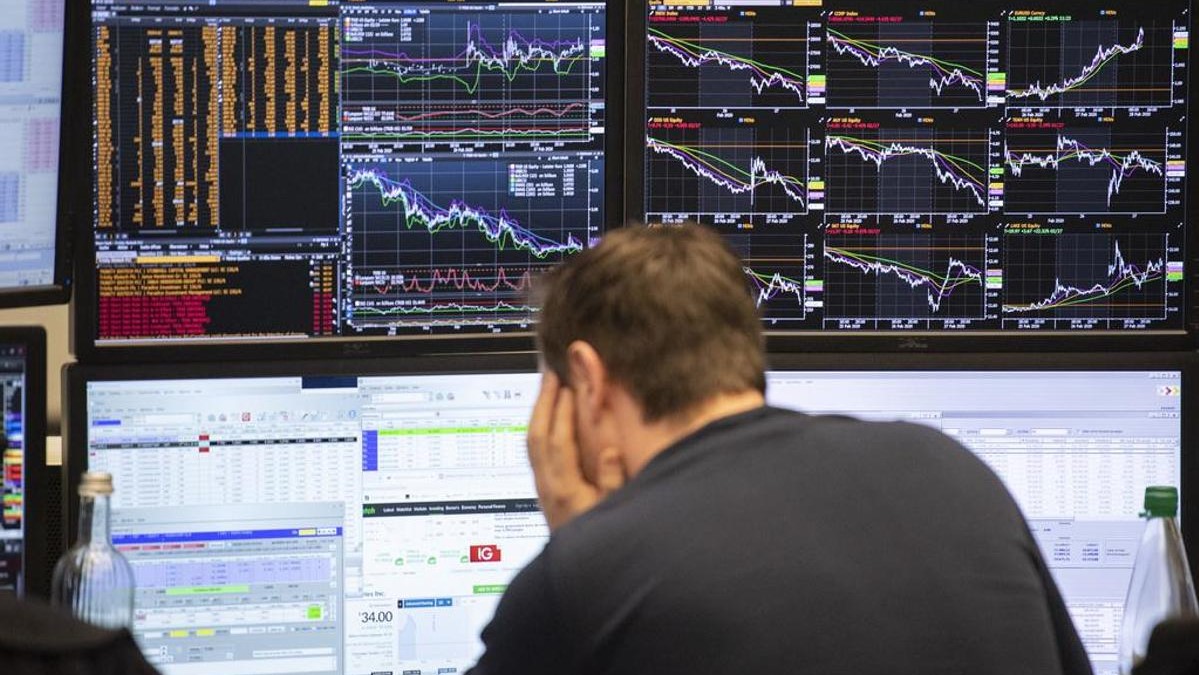Trade distortion and protectionism
Coercion: The international economics of self-harm
Published 25 May 2021
In today’s highly interdependent global economy, most coercive actions in trade have proven ineffective. It affects both the target and the coercer, and complicates restoring relationships based on mutual trust. Working together is vital, such as strengthening regional economic integration to promote constructive engagement and avoid further tensions.
This article is part of the Hinrich Foundation sponsored Vol.13 No.2 April–June 2021 issue of the East Asia Forum Quarterly.
Implementing or threatening another territory with economic sanctions in order to achieve a nation’s political end is an age-old tactic. In ancient and medieval Europe, trade blockades were put in place to obtain commercial privileges or to compel opponents to surrender. Today, with globalization, territories are more connected and interdependent, and the mechanisms of economic coercion are evolving in these new circumstances.
Common coercive tools in trade include import tariffs, trade remedies and export prohibitions or restrictions affecting specific goods from a particular source or origin. Other methods include cutting foreign aid, freezing financial assets, removing banks from the SWIFT (Society for Worldwide Interbank Financial Telecommunication) clearance system, rejecting regulatory approvals and the boycott of particular products.
The world has become more antagonistic in recent years. Governments are implementing, or threatening to implement, unilateral actions against others to achieve their own objectives. This weaponization of economic policy tools is a challenge to regional and global stability, weakens diplomacy and overrides the multilateral mechanisms available to initiate consultations and resolve disputes.
Yet, in today’s highly interdependent global economy, most of these coercive actions have proven ineffective. For example, in negotiating the US–China Phase One trade deal the Trump administration failed to compel China to increase purchases of select manufacturing, agricultural, energy products and services from the United States as initially agreed. Bown’s recent study shows that US exports to China of goods included in that deal totalled US$94 billion by the end of 2020, an increase of 13 per cent over 2019 and representing only 59 per cent of the commitment.
Economic coercion also impacts those who aim to coerce. US firms and consumers have paid for the tariff hikes on Chinese products through the increased price of imported consumer goods and the higher cost of components and equipment imported from China to produce goods and provide services in the United States. Before the COVID-19 pandemic, US exports of goods to China decreased by 11.2 per cent in 2019, due to retaliatory tariffs imposed by China after the Trump administration increased tariffs against a range of Chinese products. This retaliation affected workers in American firms that suddenly faced unfavorable terms on which to compete in the Chinese market.
The phase one deal also impacted third parties negatively, as China began importing more from the United States at the expense of others. In 2019, for example, China increased its imports of US soybeans by 77 per cent (from US$7.9 billion to US$14.2 billion) but reduced soybean imports from Argentina by 38 per cent (from US$3 billion to US$1.8 billion).
Economic coercion complicates restoring relationships based on mutual trust. It intensifies nationalism and generates antipathy towards the coercing state among vast segments of the population in the state that’s targeted.
In 2019, Japan implemented tighter export controls on hydrogen fluoride, fluorinated polyimide and photoresists—three key chemicals for semiconductor production—to South Korea, claiming that those chemicals could be used for military purposes if on-sold to hostile third parties. In South Korea these measures were considered as a retaliation against a Supreme Court decision that ordered particular Japanese firms to compensate Koreans who were used as forced labour during the Second World War. Japan’s export controls prompted immediate consumer boycotts in Korea against Japanese products, resulting in the withdrawal of automaker Nissan from the Korean market. South Korea retaliated with Japan’s removal from a ‘whitelist’ of preferred trade partners.
The Japan-South Korea export controls have affected IT product supply chains, as firms in South Korea were largely importing those chemicals from Japan. It is unsurprising that Korean chaebols have been looking for strategies to partially decouple from Japan, such as investing in the domestic production of these chemicals that are critical to semiconductor production and finding other import sources.
None of the measures implemented during the Japan-South Korea trade row have been effective at forcing the other party to change its stance. On the contrary, the pressure to decouple frustrated established synergies based on comparative advantages, imposing higher costs of doing business.
Similarly, recent Chinese actions against Australian exports have not been effective at forcing Australia to reverse its decisions to block Chinese foreign investment deals in strategic sectors—including the ban on Huawei to provide equipment for an Australian 5G network and its call for an independent World Health Organization inquiry about the origin of COVID-19.
While some of the targeted Australian businesses have been able to find alternative markets, Chinese tariffs and other trade restrictions have affected Australian firms by diverting purchases to other suppliers. China’s imposition of anti-dumping measures and countervailing duties on Australian barley reduced Australia’s barley exports to China—its main foreign market—from US$410 million to US$330 million between 2019 and 2020. Meanwhile, China bought more barley from other sources. China’s purchases of barley from Canada increased from US$370 million to US$439 million.
A consequence of these trade-related actions is the rapid deterioration of China’s reputation in Australia and around the world. A 2020 Pew Research Center survey shows that 81 per cent of Australian respondents had negative views of China, up from 32 per cent in 2017. This survey suggests that China’s actions are counterproductive in influencing Australian groups to lobby for policy changes that meet China’s political interests.
Economic coercion affects both the target and the coercer. The use of economic coercion in the Asia Pacific region has costs beyond missed economic opportunities and lost economic wellbeing in the countries affected. A survey conducted by the APEC Secretariat in December 2020 reveals an overwhelming public perception in Asia Pacific economies that multilateralism is a means for achieving future economic success. The erosion of trust that comes with economic coercion undermines efforts to reach common understanding and strengthen regional economic cooperation.
Economic coercion is a threat to regional stability because it amplifies nationalism and populism. The immediate challenge in the region is to deflate the current tensions. The signing of the Regional Comprehensive Economic Partnership in November 2020 provides one opportunity to do so through cooperation in areas of mutual interest.
Though economic coercion rarely brings about the desired changes in the target party, it is a popular tool because it can be deployed to obtain political support from domestic stakeholders at the expense of external parties. It is sometimes used as diversionary policy tactic to steer public attention away from domestic problems.
Working together is vital in the era of globalization, as interdependence is high and the costs of economic coercion are two-way and have complex effects on third parties. Building long-term trust-based relationships among governments is an important step toward reducing the use of economic coercion and resolve disputes in an amicable manner. For example, strengthening regional economic integration in Europe after the Second World War reduced significantly tensions and dispelled the confrontational atmosphere common during the interwar period. Similarly in Southeast Asia, the expansion and consolidation of ASEAN has been extremely useful to promote a constructive engagement in this region and avoid further tensions among its members.
The views expressed in this piece are personal and do not represent the views of APEC member economies.
© The Hinrich Foundation. See our website Terms and conditions for our copyright and reprint policy. All statements of fact and the views, conclusions and recommendations expressed in this publication are the sole responsibility of the author(s).






